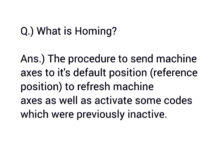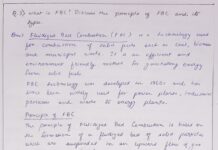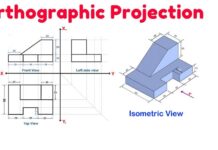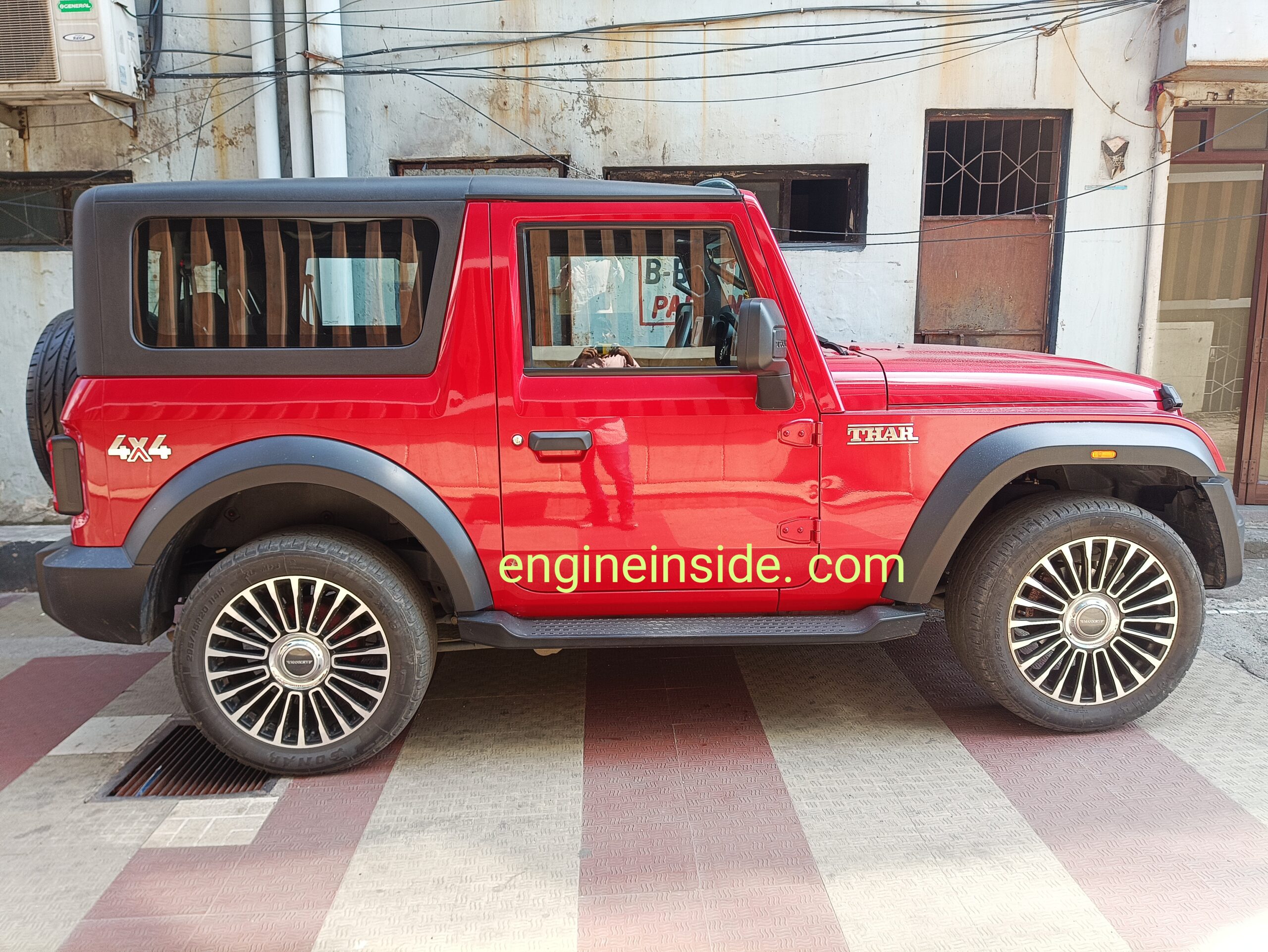What is Work ?
In our daily language, we use the word work for some sort of exertion, physical or mental or at times for various activities e.g. while writing we say that we are doing work.
But in Physics, the term work is used in relation to the movement of the force applied on the body. The work is said to be done only when a body moves under the influence of a force. If there is no motion produced in the body even when a force acts on it, the work done is said to be zero. Thus,
Work is said to be done only when the force applied to a body makes the body move (i.e., there is a displacement of the body).
For example, a man while pushing the car, a cyclist while pedalling a cycle, a horse while pulling a cart, a boy going upstairs, a coolie lifting a load, all do work.
What is the amount of work done by a force?
The amount of work done by a force is equal to the product of the force and the displacement of the point of application of the force in the direction of force.
i.e., Work = force x displacement of the point of application of the force in the direction of force
It is a scalar quantity.
When a force F displaces a body from a position A to the position B in the direction of force, then the displacement = AB = S, and the work done is:
W = FXS
Here we assume that the force does not change during the displacement.
UNITS OF WORK
S.I. unit : The S.I. unit of work is joule. It is abbreviated as J.
Since, work = force x displacement
1 joule = 1 newton x 1 metre
1 joule of work is said to be done when a force of 1 newton displaces a body through 1 metre in its own direction.
Bigger units of work are kilo-joule (kJ), mega-joule (MJ) and giga-joule (GJ)
C.G.S. unit : The C.G.S. unit of work is the erg, where 1 erg = 1 dyne x 1 cm
1 erg of work is said to be done when a force of 1 dyne displaces a body through 1 cm in its own direction.
- 1 N = 1,00,000 dyne
- 1 erg = 1 dyne * 1 cm
- 1 Joule = 1,00,000 dyne * 100 cm
- 1 Joule = 1,00,00,000 erg
Read more:




































